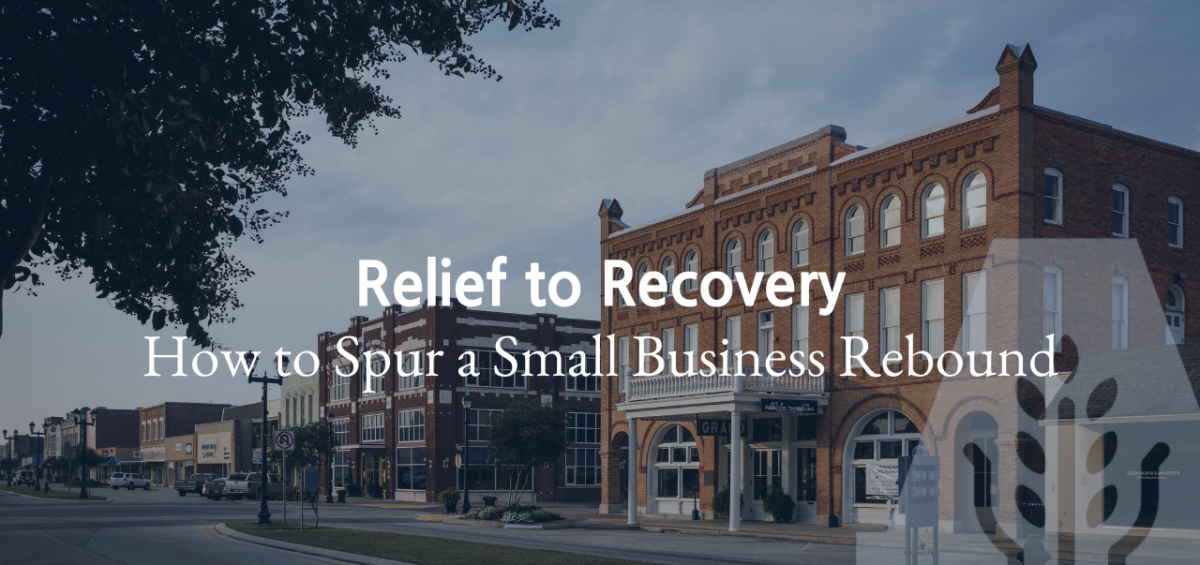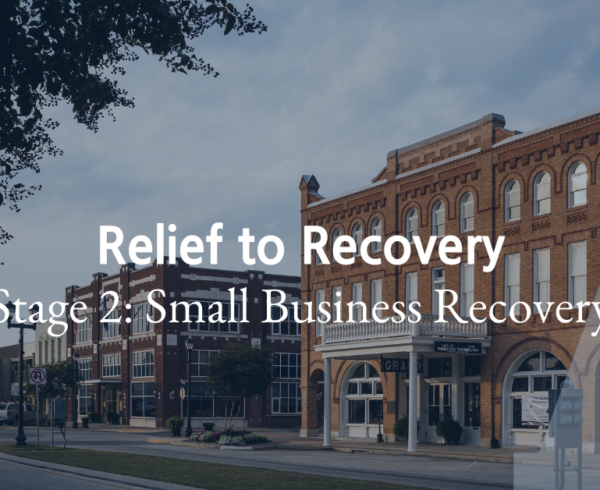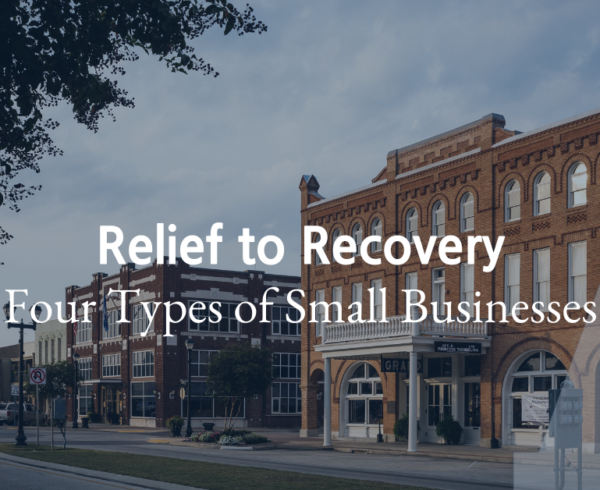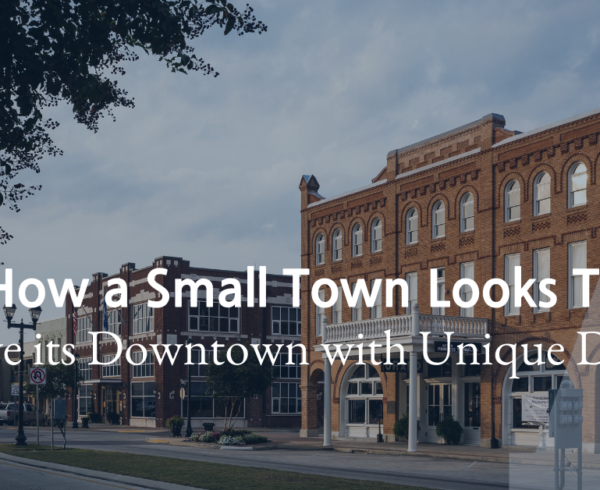This post is part of a five-part series called Relief to Recovery, an analysis done by Joseph Parilla and Sifan Liu of Brookings Institute.
With vaccine rates increasing and the $1.9 trillion American Rescue Plan (ARP) delivering flexible resources to localities and states, small business support remains a key priority for local leaders as they execute economic recovery strategies.
Leaders are crafting these local recovery plans amidst widespread small business uncertainty. Over 60% of small business owners report it will take at least four months to return to normal operating levels, if ever–a share that rises to 75% for owners running small businesses in food, accommodation, and art and entertainment.
These operational challenges are why the U.S. government has deployed nearly $1 trillion in small business relief since the beginning of the COVID-19 crisis. Yet even with this historic mobilization of resources, small business relief has too often not reached the underserved entrepreneurs and communities that need it most. Disparities in household wealth and access to mainstream financial capital have disadvantaged entrepreneurs of color during the crisis.
Meanwhile, even as America’s existing small business owners express continued concern about the fate of their businesses, a new cohort of entrepreneurs is launching startups at a historic clip–a rarity during a recession. New business starts grew by 24% in 2020, driven mainly by an increase in non-store retail startups selling goods and services online. As workers and families find their economic footing, new business ownership could be a path to economic self-sufficiency, and early indications suggest the startup surge is disproportionately concentrated in Black and Latino or Hispanic neighborhoods.
Resources from ARP can address both dynamics by delivering relief to small businesses still at risk of closure and catalyzing a recovery fueled by small business creation and expansion. But this will not occur automatically; it will require smart federalist approaches, organized locally, to invest Washington’s resources in comprehensive small business relief and recovery strategies.
This brief provides a framework for translating ARP into a small business recovery strategy. It begins by introducing a small business typology that can help local leaders make informed decisions about how small business interventions could reasonably influence broader economic outcomes. Specifically, this brief provides decisionmakers with strategic principles and actionable solutions across two stages:
- Relief: The relief stage will involve capital access and technical assistance strategies that help small businesses stay afloat until public health restrictions loosen, consumer demand returns, and existing federal small business relief programs expire. The objective for the relief stage is to avert small business destruction.
- Recovery: The recovery stage will involve new platform investments in small business support that leverage funding from the American Rescue Plan and, potentially, the American Jobs Plan (now Infrastructure Investment and Jobs Act). The objective for this stage is to recover better by catalyzing higher-quality, more racially inclusive regional economies.













